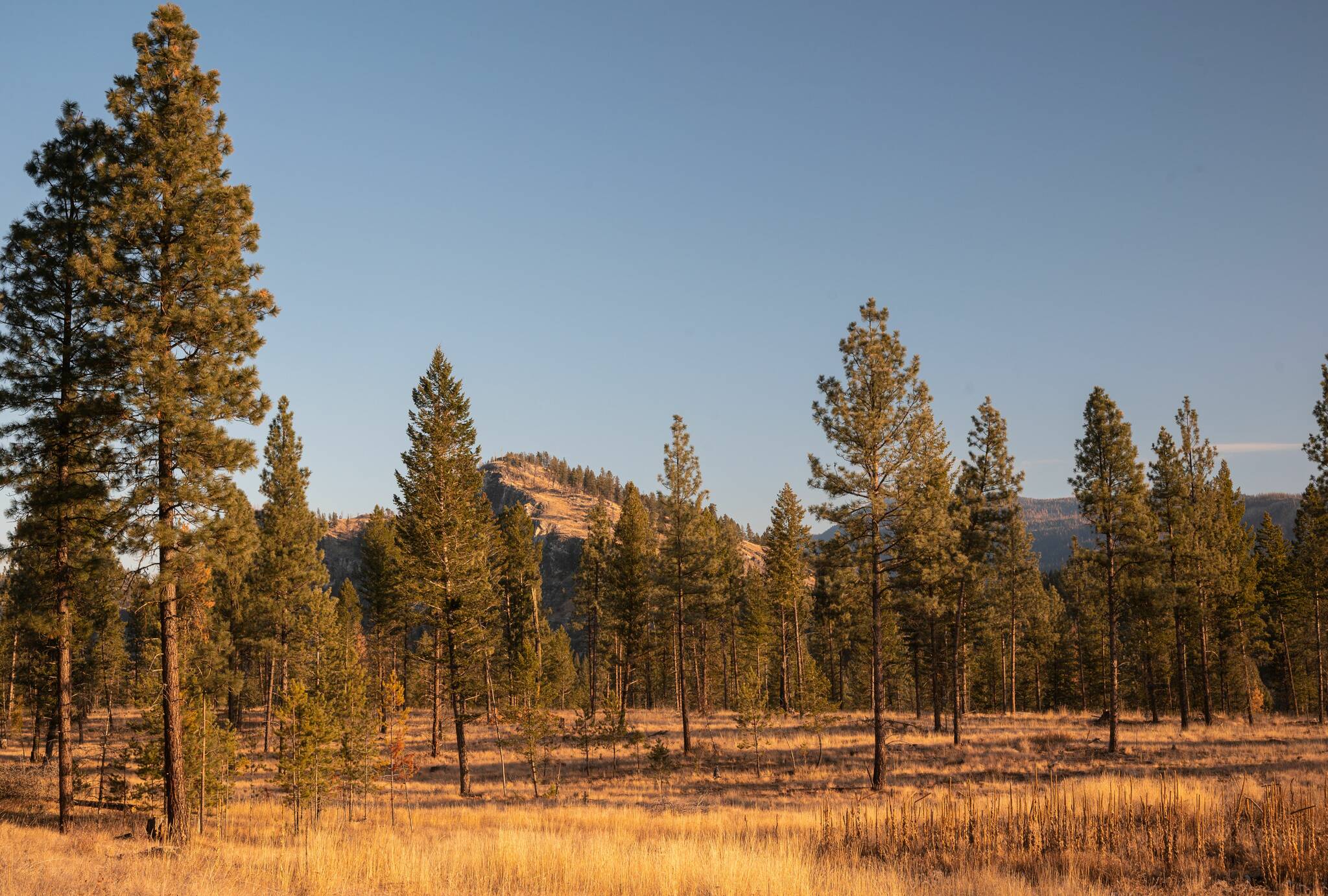This week and next governments, scientists and conservation experts are gathering in Montreal for a global summit on nature, called COP15. There, they will set a course to end nature loss around the world and to create a nature-positive future. But what does that really mean for us, here in British Columbia?
I know deep in my bones that nature gives us everything we need to survive, because we are part of nature, after all. So, a nature-positive future is a people-positive future.
When I look around my local landscape in the East Kootenay, I can see the growing impact of our activities on the forests, waterways and open spaces that surround our towns and cities. I believe most of us know we need to find a better balance in how we coexist with these places.
Consider our wetlands, for example. Across the province, marshes, bogs, estuaries and other wetland ecosystems are vanishing as our human footprint expands. The loss has been substantial in places like the South Okanagan and Vancouver Island, where over 85 per cent of historical wetland habitat has been drained, filled or otherwise damaged. And still these places are under increasing pressure from development, overuse and climate change.
But why does this really matter?
Like all of nature, wetlands are a crucial player in the life-sustaining processes of our planet. They help feed us, by nurturing fish, birds and pollinators. They quench our thirst, filtering our communities’ drinking water. And they protect us, storing vast amounts of carbon and retaining water during spring melts and summer droughts.
Our well-being is intimately tied to the health of the natural world around us. And we’re at a point now where nature’s health is ailing.
Over the last half-century, bird, pollinator and other wildlife populations have declined due to habitat loss and other factors. When these species disappear, lose their range and cease to interact, our natural world is weakened and with it our natural defences against climate change are weakened as well.
But we can reverse these trends. In fact, we’re well underway.
Since 1974, NCC and partners have protected and restored close to 3,000 hectares of wetlands across BC. This year we witnessed the success of our wetland restoration work in the internationally recognized Creston Valley Wetlands, when endangered northern leopard frogs started using the reconstructed ponds, less than a year after we created them. This success goes to show that nature can be incredibly resilient when we choose to work with it, rather than against it.
There’s no doubt we need to do more, faster, to protect these places and the plants and animals that give them life. That’s why the Nature Conservancy of Canada (NCC) has ambitious conservation targets: to double our impact and support Canada toward its goals of conserving 30 per cent of our country’s lands and waters by 2030. Of course, it will take a whole-of-society approach to achieve these critical outcomes. That’s why NCC is bringing together communities, non-profits, Indigenous leaders, governments and corporations to accelerate nature protection through projects like Bonanza Marsh.
The Bonanza Marsh Conservation Area is an intact, thriving wetland on Slocan Lake, which NCC announced last June. This conservation project safeguards one of our province’s most valuable ecosystems and is a reminder of what we can achieve when we work together.
As COP15 focusses our attention on the state of our natural world, I hope that we come together to create healthy, thriving ecosystems in BC and around the world. The values that will carry us into such a future – collaboration, big-thinking, empowerment, and determination – are values embraced by NCC, our partners and supporters, and everyone who is working collectively to chart nature-positive future for all beings.
Nancy Newhouse is the Nature Conservancy of Canada’s regional vice-president in BC.

